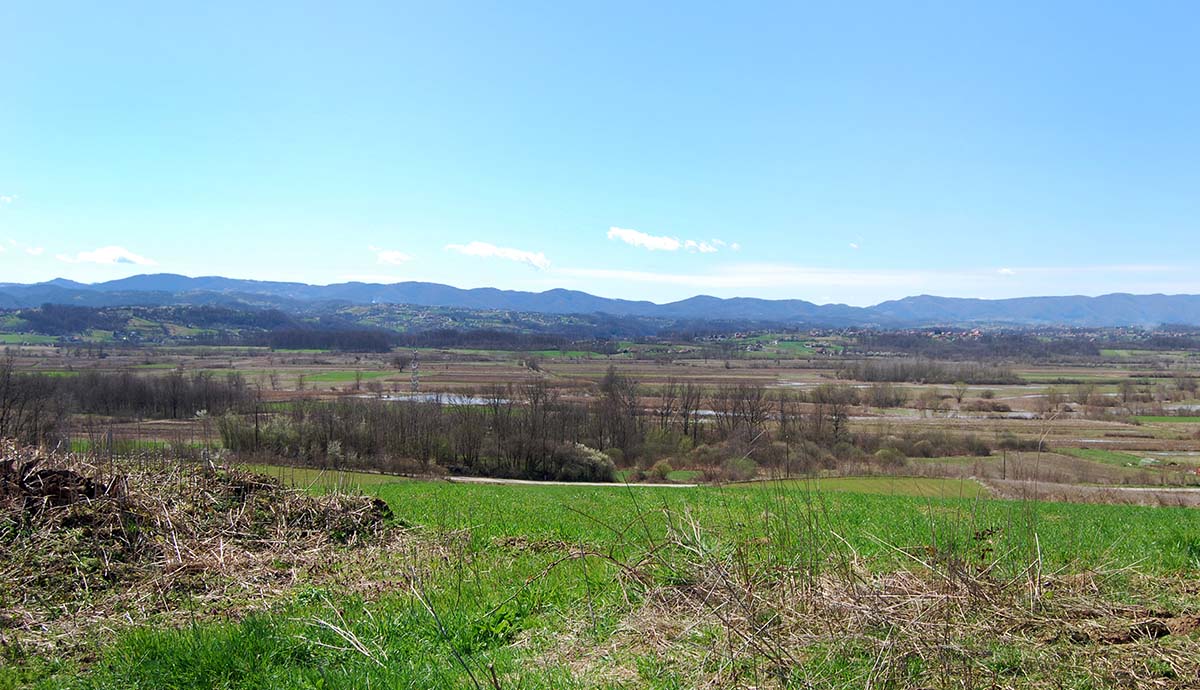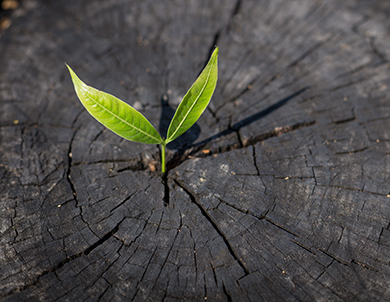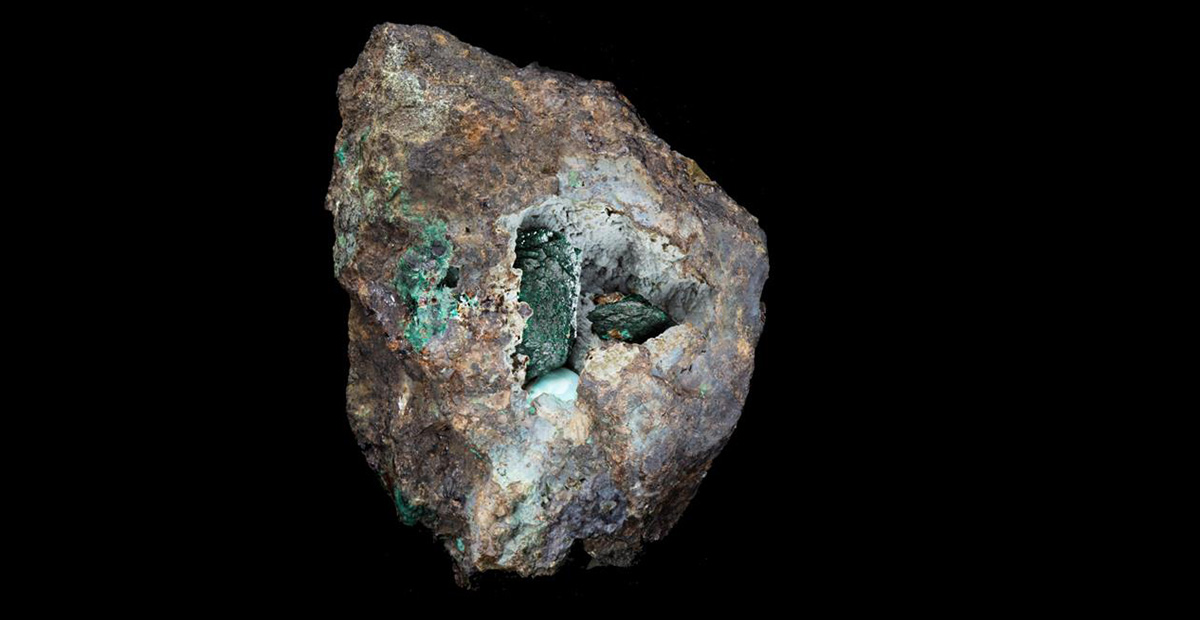Mineral with a chemical composition very similar to that of the Superman’s Kryptonite could help Europe transition to a greener future, although questions remain about the local support for mining it.

Despite having almost the same chemical composition as Kryptonite, the mineral Jadarite is white in colour ©The Trustees of the Natural History Museum, London
After its discovery in 2004, Jadarite might have passed into relative obscurity if it were not for one thing: its chemical composition is almost identical to Kryptonite.
But its close resemblance to the fictional mineral is not what interests scientists. It could also be the source for a significant amount of lithium that will be needed to power Europe’s growing fleet of electric cars.
A new summary of what we now know about this mineral has shown that the conditions needed for Jadarite to form are so specific it is still only found within a single valley in eastern Serbia. By unlocking this geological recipe, Francesco Putzolu and his colleagues at the Natural History Museum hope that it could help in discovering other sites where this mineral might be found.
“We’ve likened it to baking a cake,” explains Professor Richard Herrington, who helped coauthor the summary now published in Nature Geoscience. “We need just the right ingredients and the just the right conditions and suddenly this mineral forms.”
“It appears that it’s really a complete coincident that all of these features occurred in this one place, because despite lots of other environments having all the same kinds of chemistry, nobody’s ever found this mineral. To date, Serbia is still the only place in the world this mineral forms.”

The mineral has so far only been found in one place, the Jadar Valley in western Serbia ©Vladeta Milojevic/Shutterstock
They found that it was a unique combination of volcanic activity and highly alkaline soda lakes that were present in the region up to 16 million years ago which led to the formation of Jadarite.
The significance of the mineral for a greener future is that not only does it contain similar levels of lithium to the more commonly mined Spodumene, but also useful concentrations of boron which is also commercially valuable. Coupled with the relative ease in which it can be processed and the volume that is found in Serbia, the authors think it could provide a key source of minerals for the green transition.
“There’s nearly a hundred million tonnes of Jadarite in the deposit,” explains Richard. “If mining is given the go-ahead this could be nine tenths of all the lithium Europe needs for its electric vehicles, so it’s pretty substantial.”
This is not without controversy, however. Since the discovery of the mineral deposit three decades ago there has been fierce local opposition to the construction of a mine and processing plant, which to date has been successful in preventing exploitation of the mineral.
“This is one of the big conundrums that we’re currently having to deal with,” says Richard. “We’ve got all these minerals that we need for the green energy transition, but equally we actually need to mine them to make that happen.”
By bringing together everything we currently know about Jadarite, Richard is hoping that they can clarify some of these positions and plot a path forward to benefit everyone.

Find Your Climate Action
Taking small, actionable steps can have a big impact when it comes to helping the planet.

Protecting our planet
We're working towards a future where both people and the planet thrive.
Hear from scientists studying human impact and change in the natural world.




Don't miss a thing
Receive email updates about our news, science, exhibitions, events, products, services and fundraising activities. We may occasionally include third-party content from our corporate partners and other museums. We will not share your personal details with these third parties. You must be over the age of 13. Privacy notice.
Follow us on social media